Adipose tissue, photoperiod and polyphenols: new evidence for a proper consumption of seasonal fruits
dc.contributor
Universitat Rovira i Virgili. Departament de Bioquímica i Biotecnologia
dc.contributor.author
Navarro Masip, Èlia
dc.date.accessioned
2023-05-12T11:31:29Z
dc.date.available
2023-10-16T22:45:27Z
dc.date.issued
2023-04-19
dc.identifier.uri
http://hdl.handle.net/10803/688240
dc.description.abstract
White and brown adipose tissues (WAT and BAT) show crucial roles in energy homeostasis and metabolic regulation of the whole organism. Moreover, its functionality is modulated by the seasonal rhythm, being summer-like periods more prone to fat storage and the opposite under winter-like periods. In this context, (poly)phenols can act as signaling molecules that help organisms adapt to the upcoming environmental conditions. In fact, its consumption has been shown to induce photoperiod-dependent responses in many metabolic features and tissues, such as liver or the gut microbiota. Moreover, the (poly)phenol composition of plan! foods such as fruits is determined by several factors, such as the growing conditions or the geographical origin of cultivation. To study whether grape-seed proanthocyanidin extract (GSPE) or (poly)phenol-rich fruits from different origin and growing conditions influenced WAT and BAT metabolic markers depending on the photoperiod of its consumption, in this doctoral thesis we developed four experimental designs based on Fischer 344 rats kept under three photoperiod schedules (L6, L12 and L18), in arder to mimic the seasons of the year. Within each photoperiod, animals were treated either with GSPE (under healthy and obesogenic conditions); with grapes cultivated under conventional or organic conditions; or with sweet cherries from different geographical origins. Our results revealed that healthy animals exposed to the short photoperiod (L6) were more receptive to the effects of GSPE, however, obesity largely impaired the benefits of proanthocyanidins on the adipose tissue metabolic markers of this group of rats. On the other hand, obese animals under the long photoperiod (L18) showed reduced body weight gain in response to GSPE, which could be explained by increased lipolysis in the WAT of these animals. Furthermore, obese animals under L12 and L6 reduced their food intake in response to GSPE. Regarding grape consumption, animals supplemented with both conventionally and organically cultivated grapes (CG and OG, respectively) resulted in higher values of energy expenditure when fruits were consumed out of season (L12 and L18 photoperiods). Moreover, browning markers were detected in the subcutaneous WAT of these animals, and BAT activity was also incremented. In addition, in-season consumption of both types of grapes tended to downregulate adipogenesis gene markers in the visceral WAT. With respect to sweet cherries, we observed that out-of-season consumption of non-local cherries (NLC) resulted in a strong impact in the expression of genes related to adipogenesis, lipogenesis and lipolysis, which were significantly upregulated in WAT. Also, both local cherries (LC) and NLC enhanced adiponectin mRNA levels in animals under L6 photoperiod. On the other hand, in-season consumption of LC promoted lipolysis and fatty acid oxidation in the visceral WAT. Overall, these results provide
new evidence in the effects of the consumption of (poly)phenols on the metabolic response of WAT and BAT, considering conditions of health and disease, fruit seasonality, proximity and growing conditions. Although more evidence is required, the results presented in this doctoral thesis could be useful far the development of personalized diets to achieve optimal health and to reduce the risk of obesity.
ca
dc.format.extent
314 p.
ca
dc.language.iso
eng
ca
dc.publisher
Universitat Rovira i Virgili
dc.rights.license
ADVERTIMENT. L'accés als continguts d'aquesta tesi doctoral i la seva utilització ha de respectar els drets de la persona autora. Pot ser utilitzada per a consulta o estudi personal, així com en activitats o materials d'investigació i docència en els termes establerts a l'art. 32 del Text Refós de la Llei de Propietat Intel·lectual (RDL 1/1996). Per altres utilitzacions es requereix l'autorització prèvia i expressa de la persona autora. En qualsevol cas, en la utilització dels seus continguts caldrà indicar de forma clara el nom i cognoms de la persona autora i el títol de la tesi doctoral. No s'autoritza la seva reproducció o altres formes d'explotació efectuades amb finalitats de lucre ni la seva comunicació pública des d'un lloc aliè al servei TDX. Tampoc s'autoritza la presentació del seu contingut en una finestra o marc aliè a TDX (framing). Aquesta reserva de drets afecta tant als continguts de la tesi com als seus resums i índexs.
dc.source
TDX (Tesis Doctorals en Xarxa)
dc.subject
Teixit Adipós
ca
dc.subject
Fotoperiode
ca
dc.subject
Polifenols
ca
dc.subject
Tejido adiposo
ca
dc.subject
Fotoperiodo
ca
dc.subject
polifenoles
ca
dc.subject
Adipose Tissue
ca
dc.subject
Photoperiod
ca
dc.subject
Polyphenols
ca
dc.subject.other
Ciències de la salut
ca
dc.title
Adipose tissue, photoperiod and polyphenols: new evidence for a proper consumption of seasonal fruits
ca
dc.type
info:eu-repo/semantics/doctoralThesis
dc.type
info:eu-repo/semantics/publishedVersion
dc.subject.udc
577
ca
dc.subject.udc
663/664
ca
dc.contributor.authoremail
elia.navarro@urv.cat
ca
dc.contributor.director
Aragonès Bargalló, Gerard
dc.rights.accessLevel
info:eu-repo/semantics/openAccess


